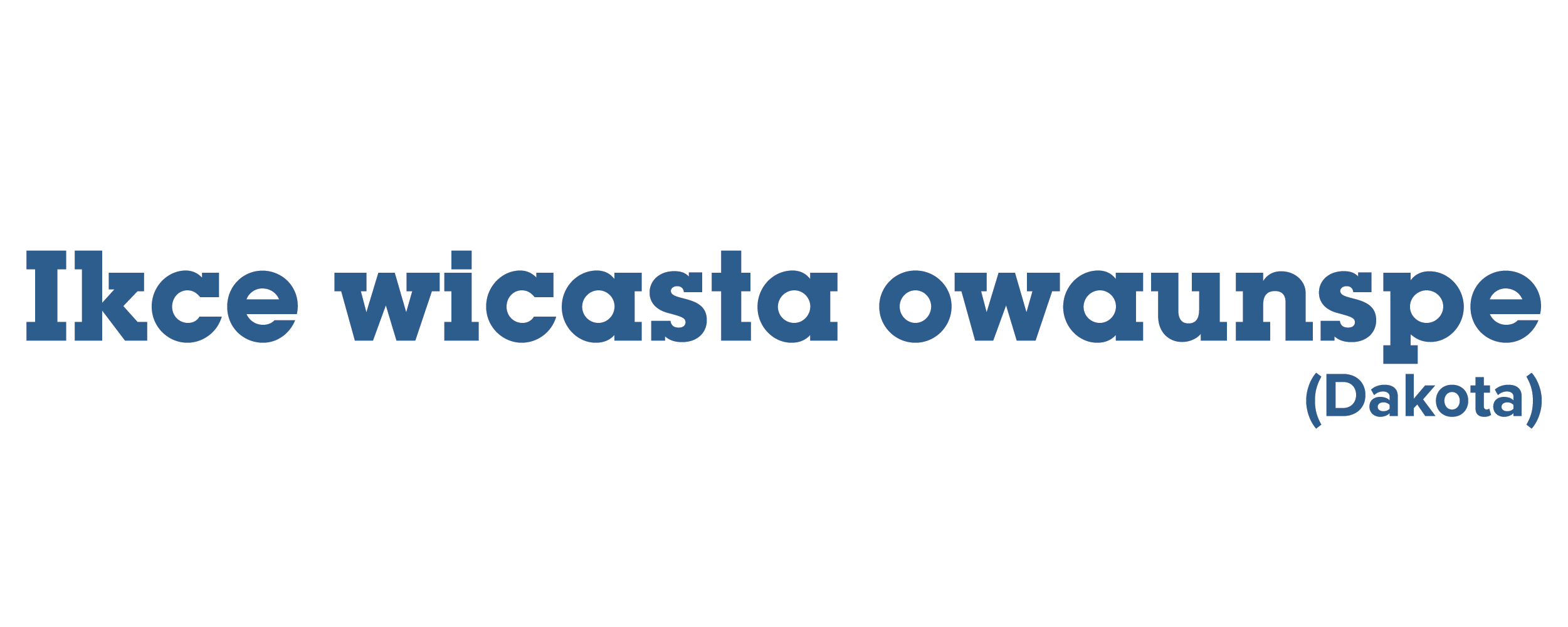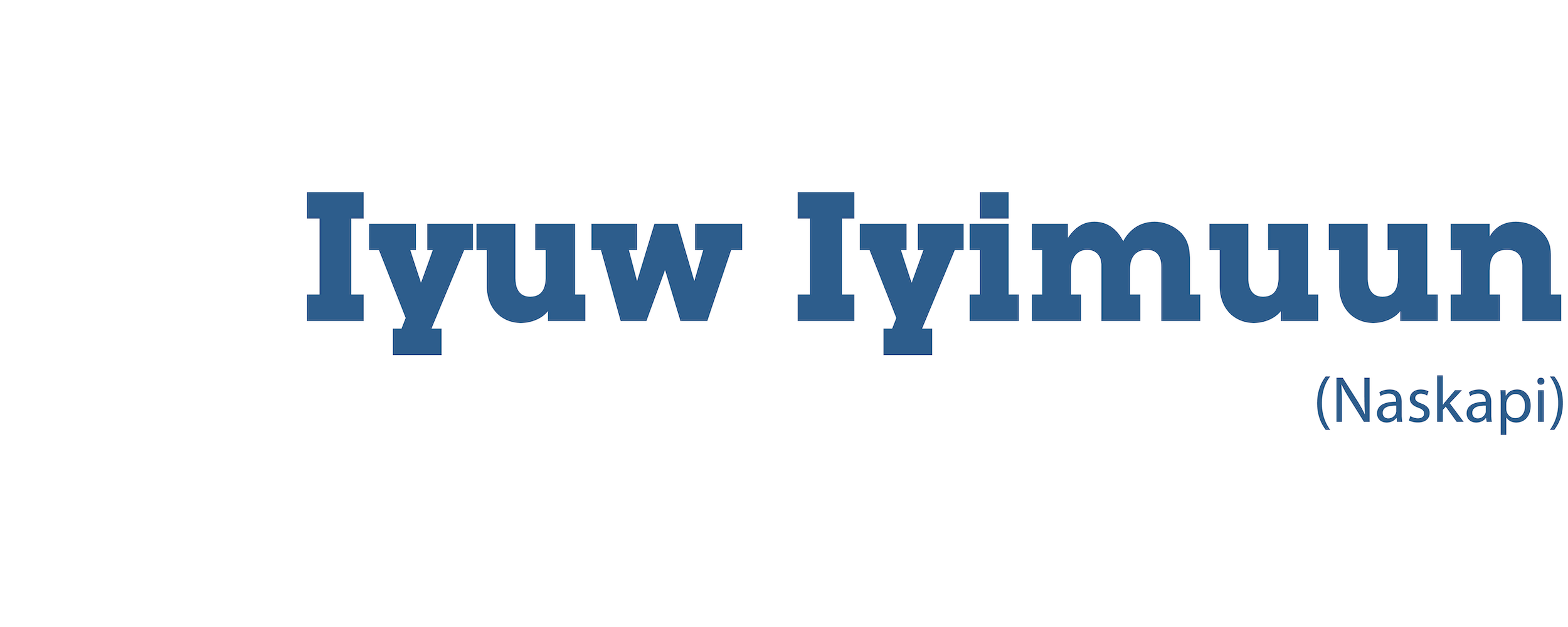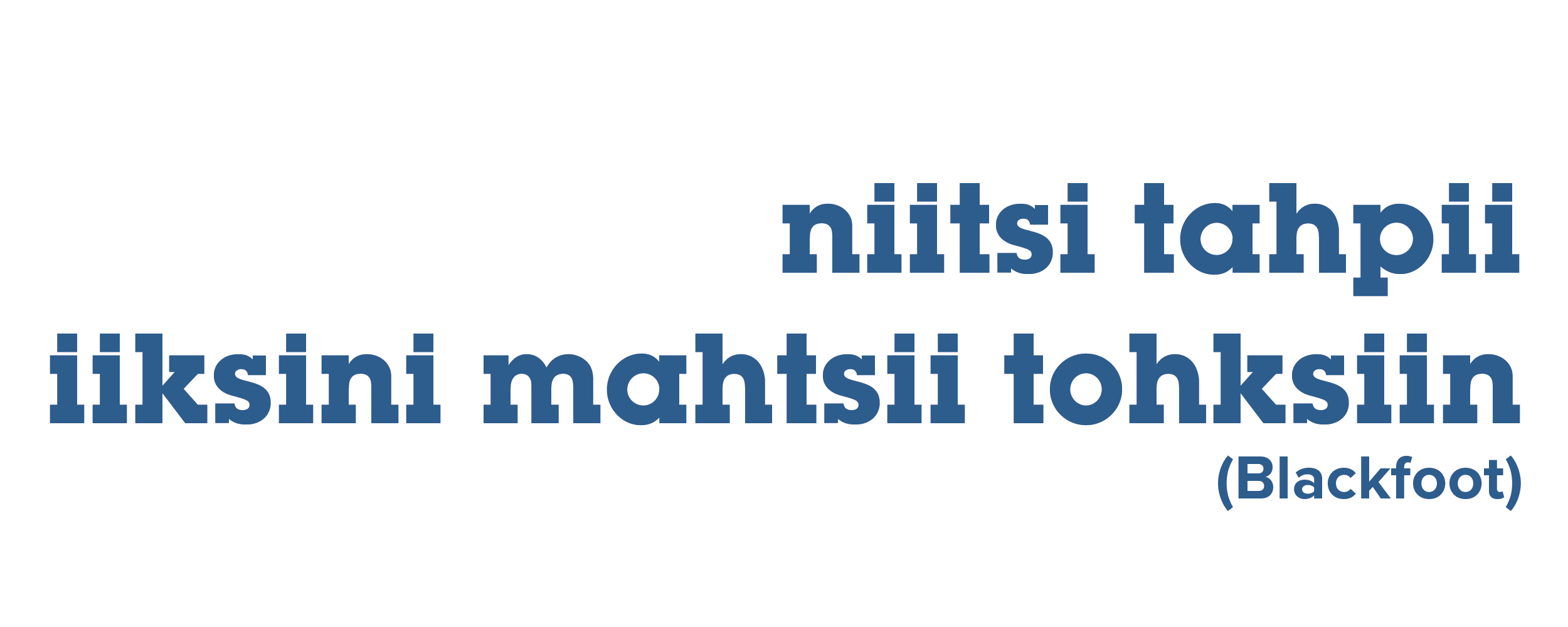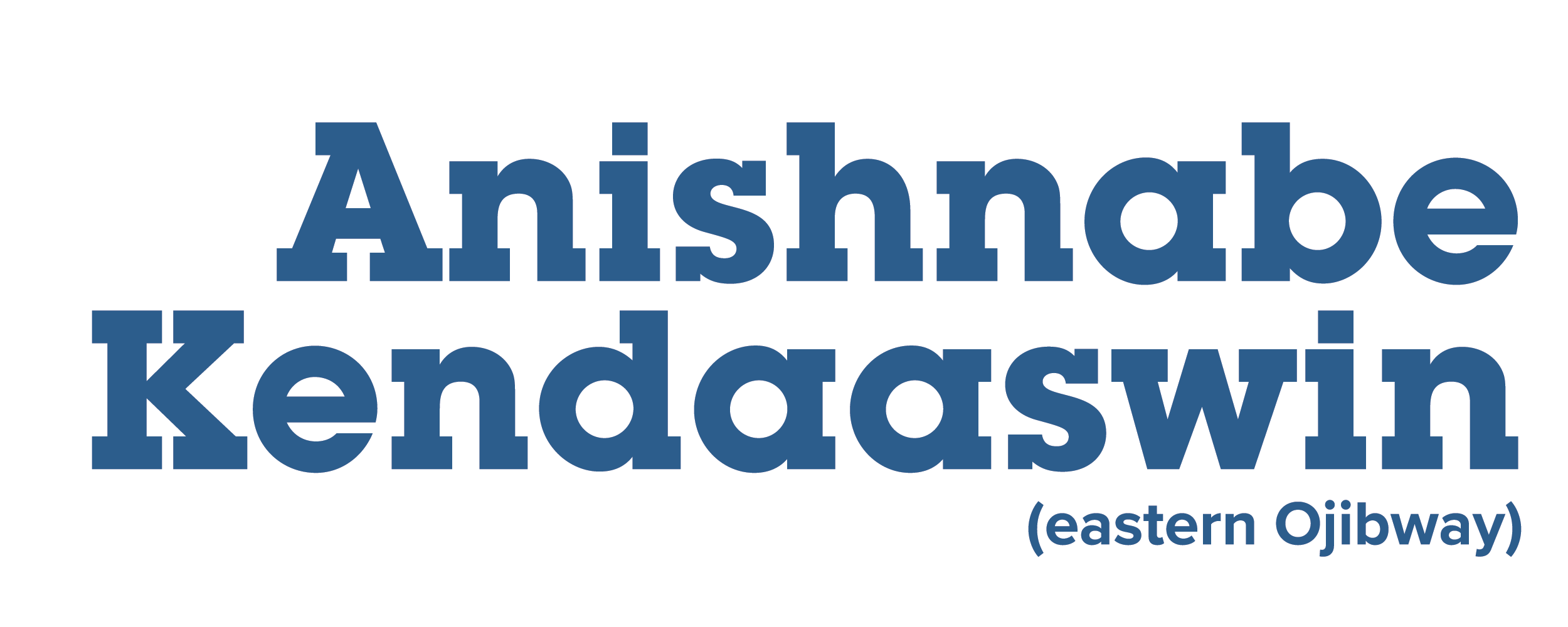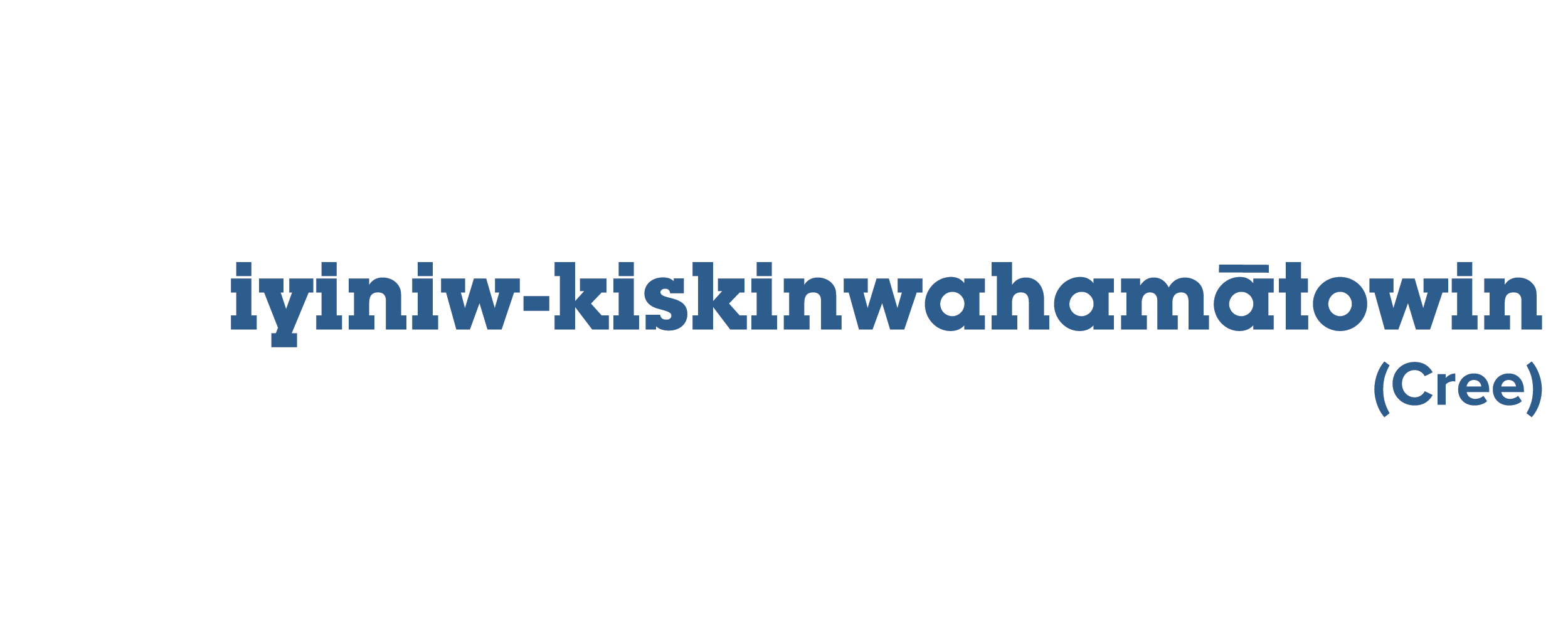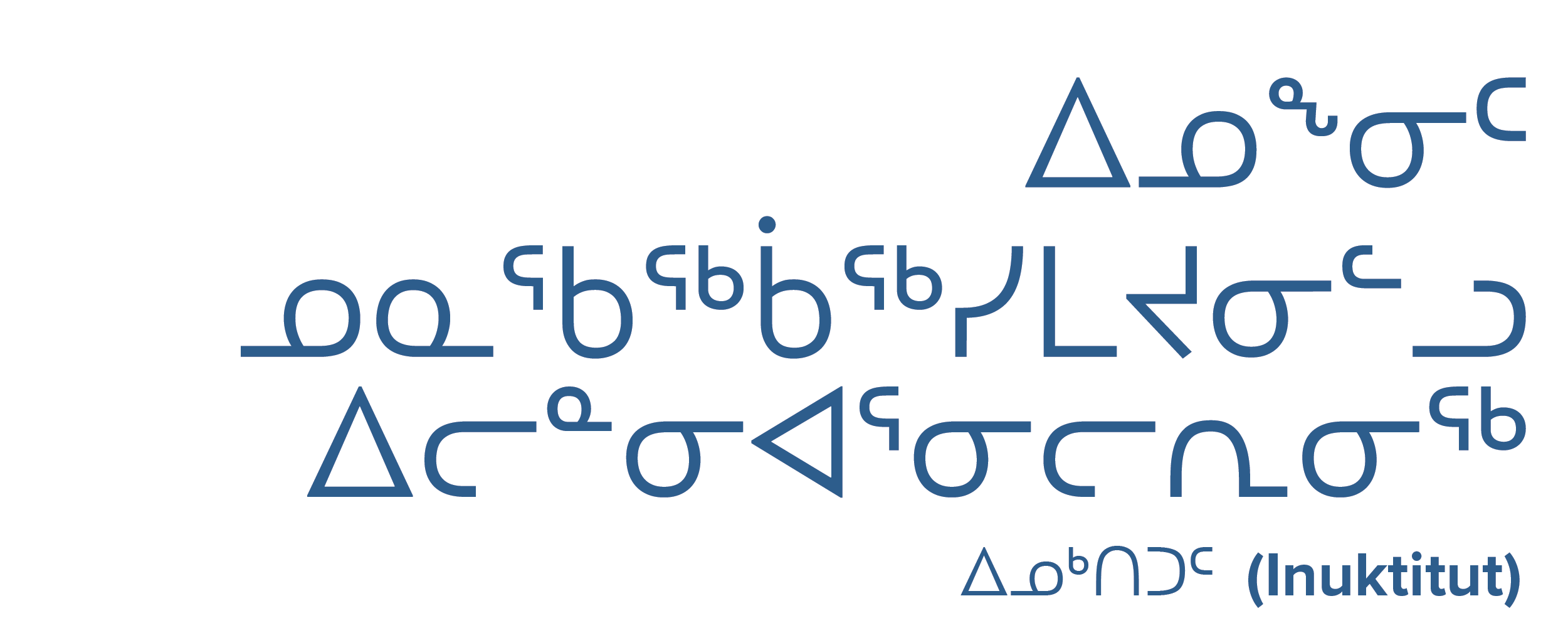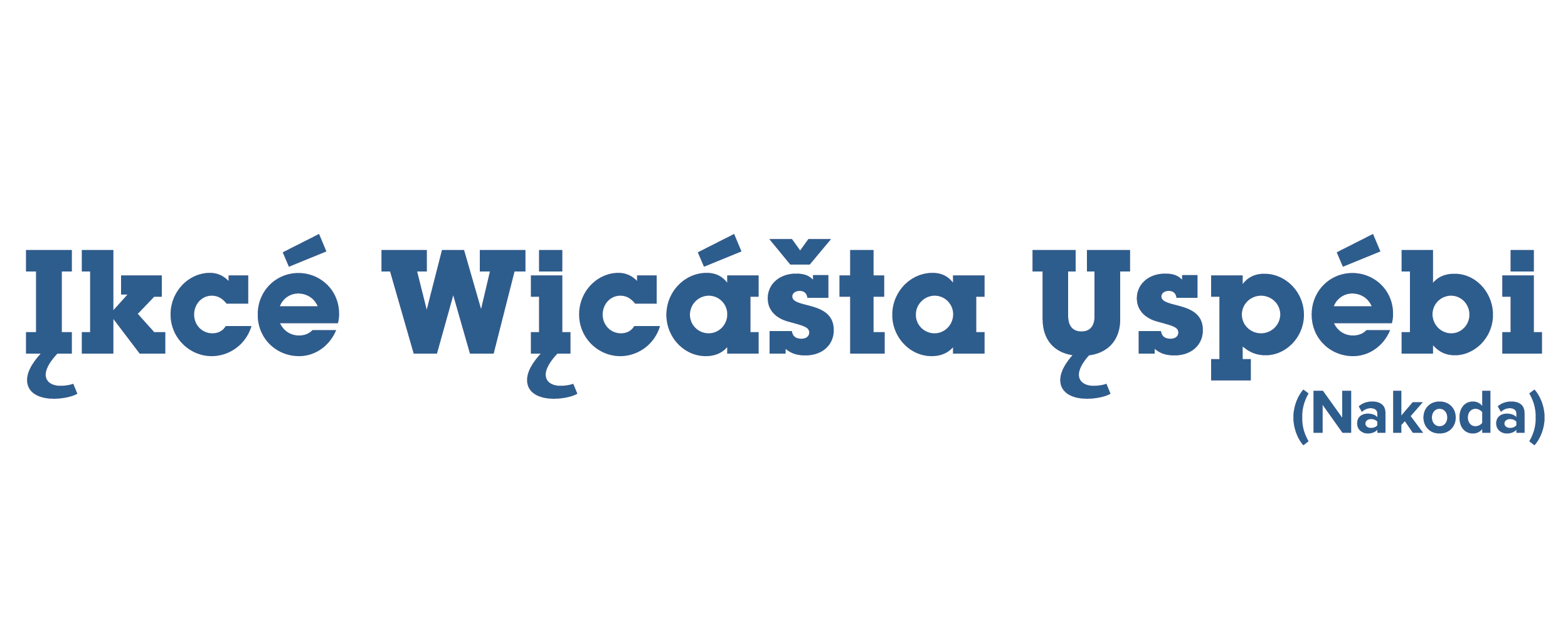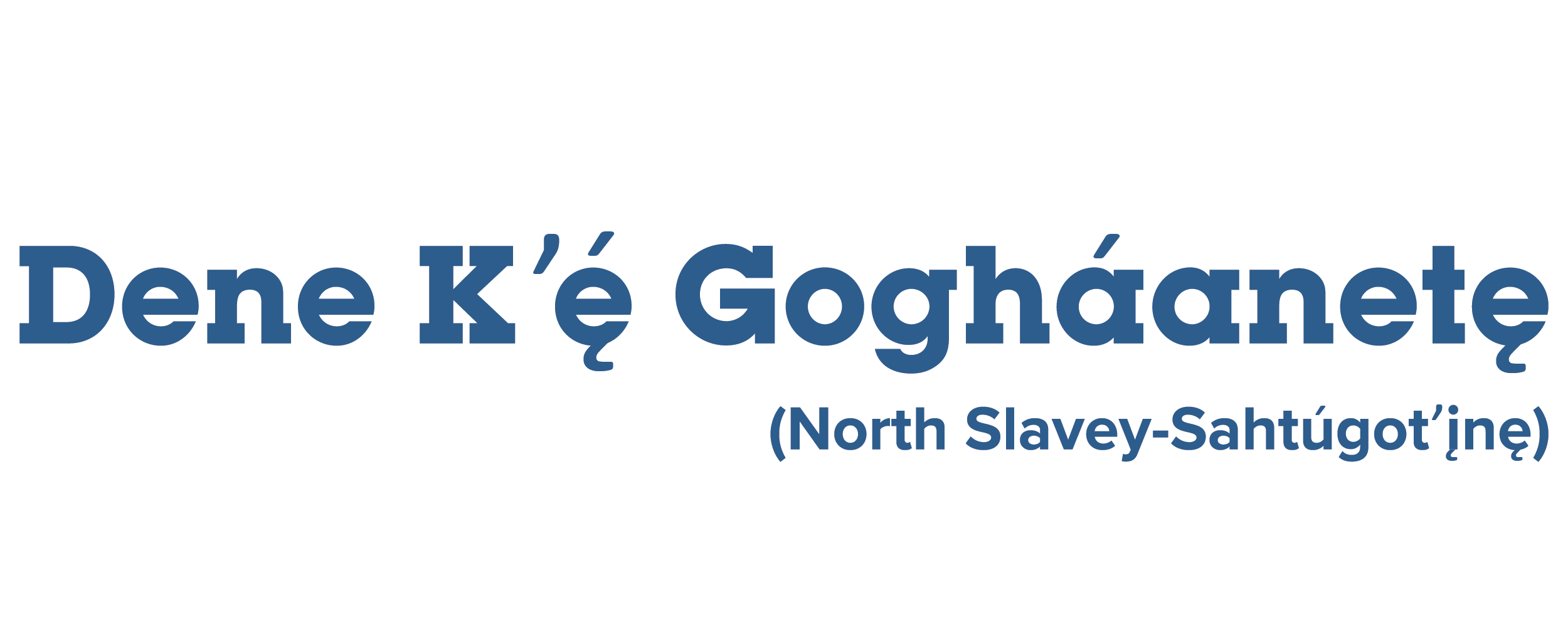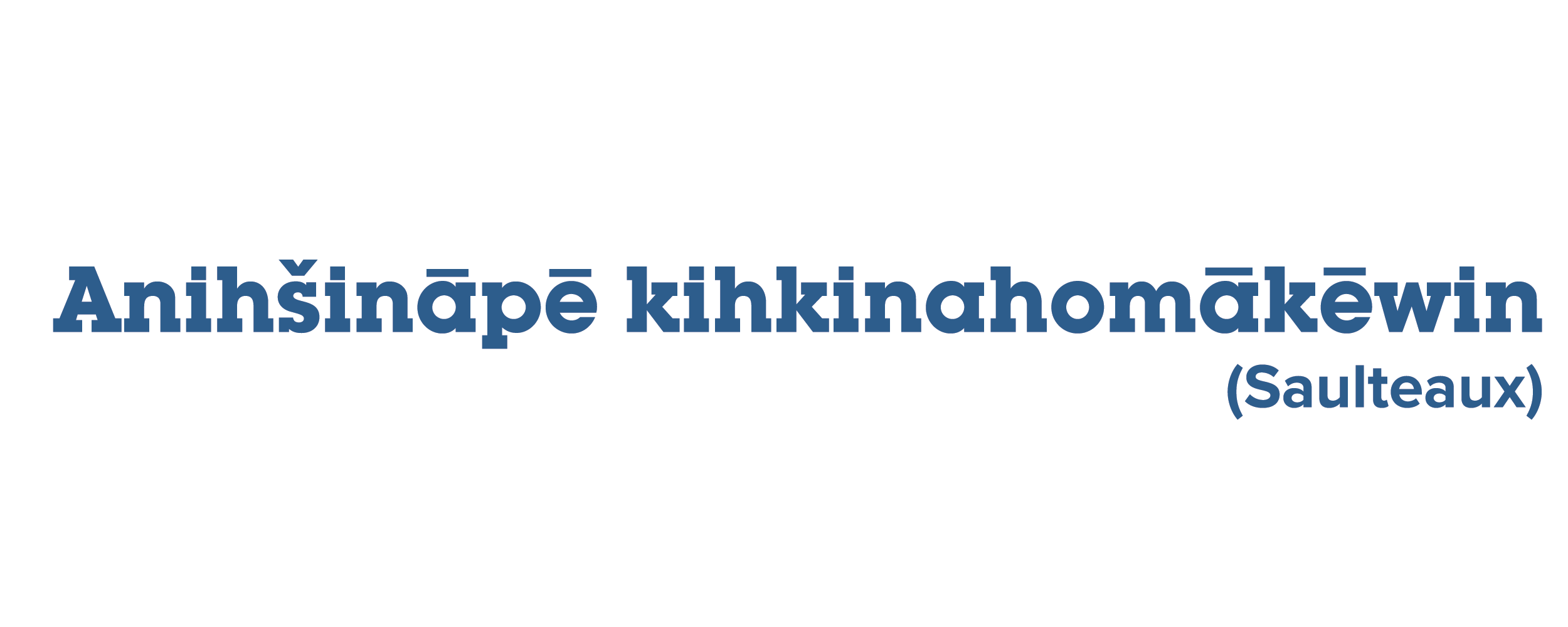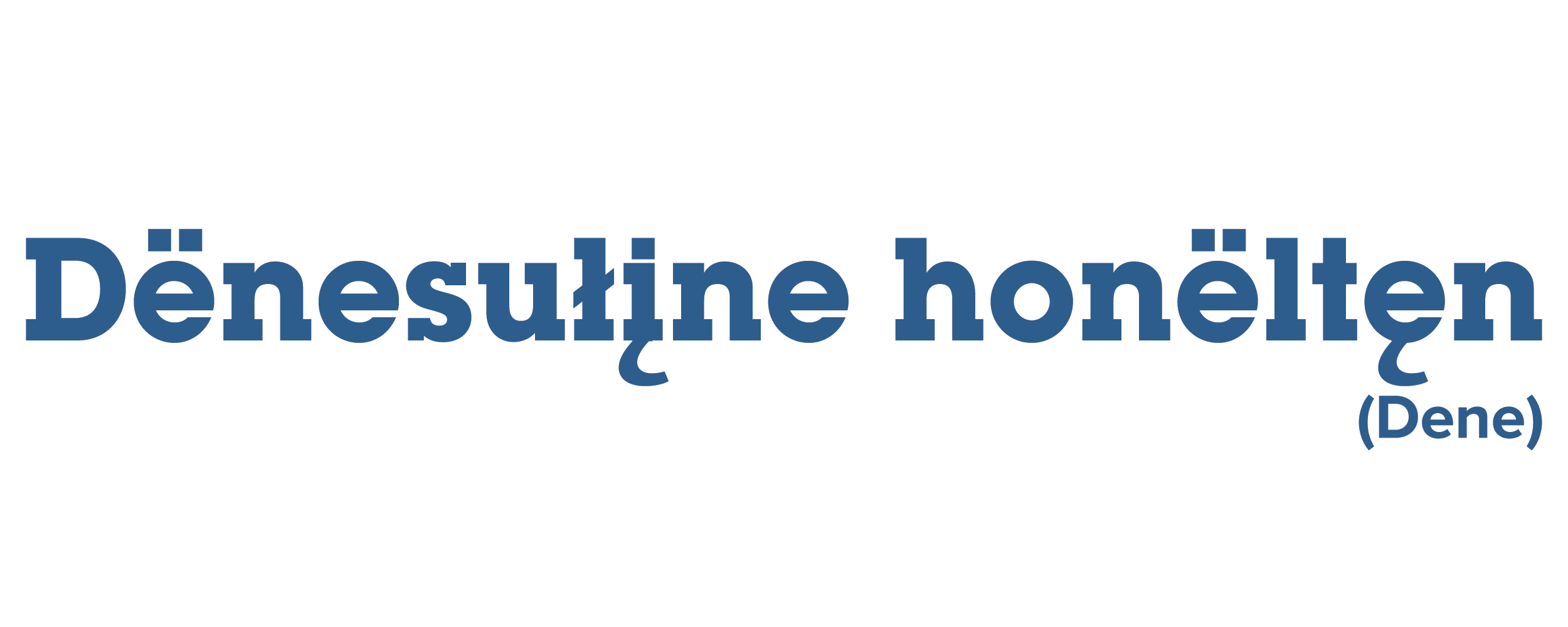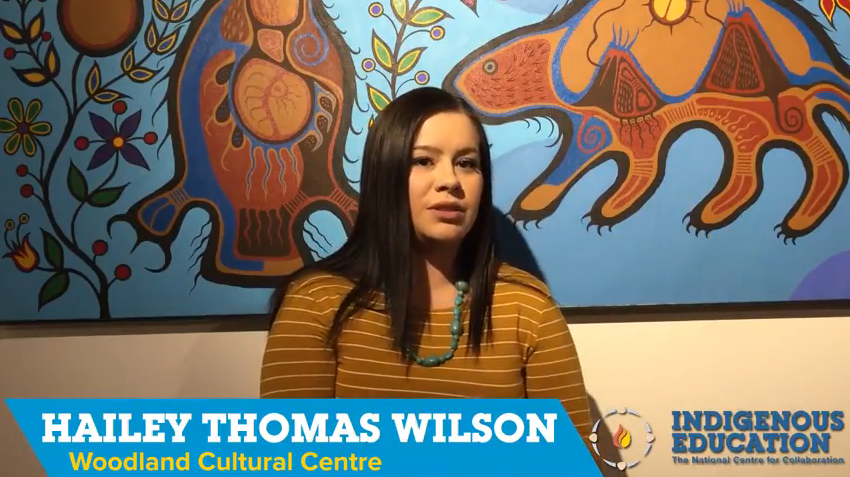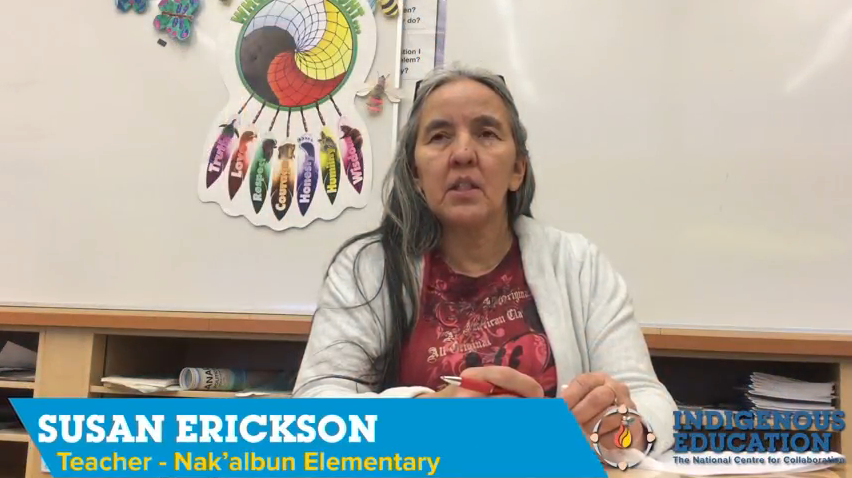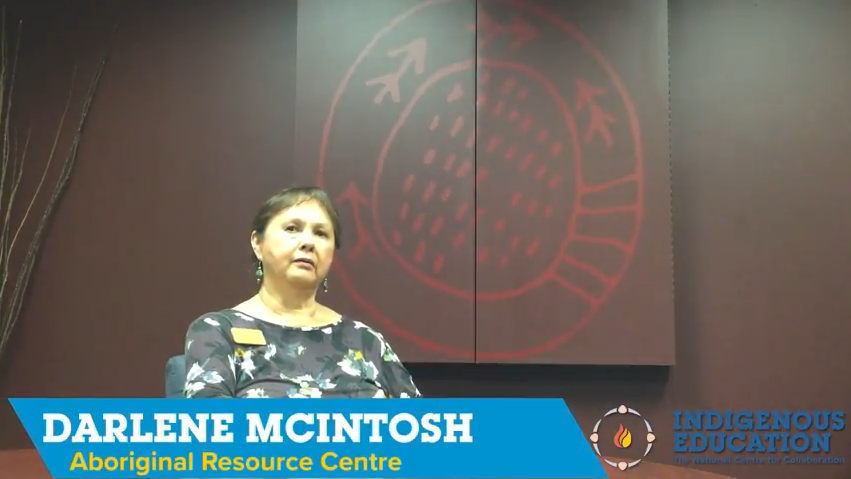Posted on March 20, 2018 by Jeremiah Sharpe
With a variety of programs support for the Inuit community comes from the Manitoba Inuit Association.
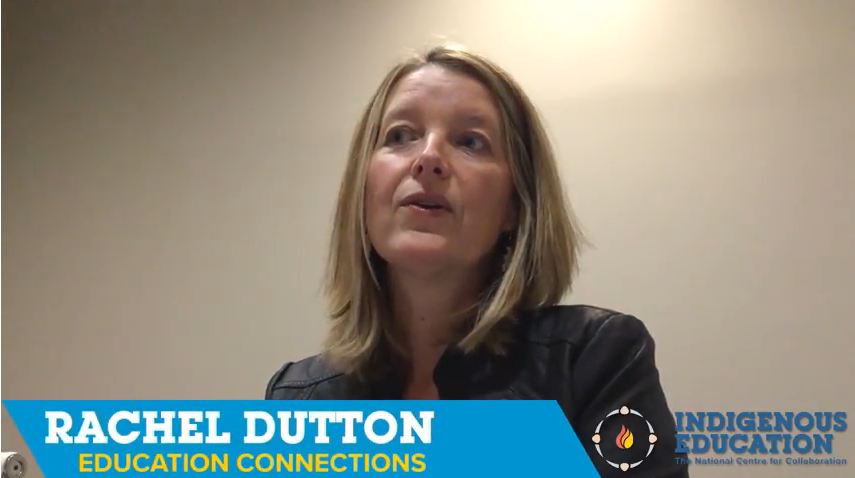
Manitoba Inuit Association strives to assist the Inuit community across the province, offering a variety of services.
From its website:
- ”To build a vibrant Manitoba Inuit community by connecting Inuit through activities and initiatives that sustain and build Inuit culture, values and language
- Improve education, employment and training outcomes for Inuit in Manitoba
- Develop research partnerships that help improve the health status for Inuit in Manitoba
- Improve housing and food security for Inuit in Manitoba
- Foster organizational capacity and innovation”
Posted on by Marion Erickson
Margaret Mattess, Principal of Eugene Joseph Elementary discusses their approach to educating Indigenous youth.
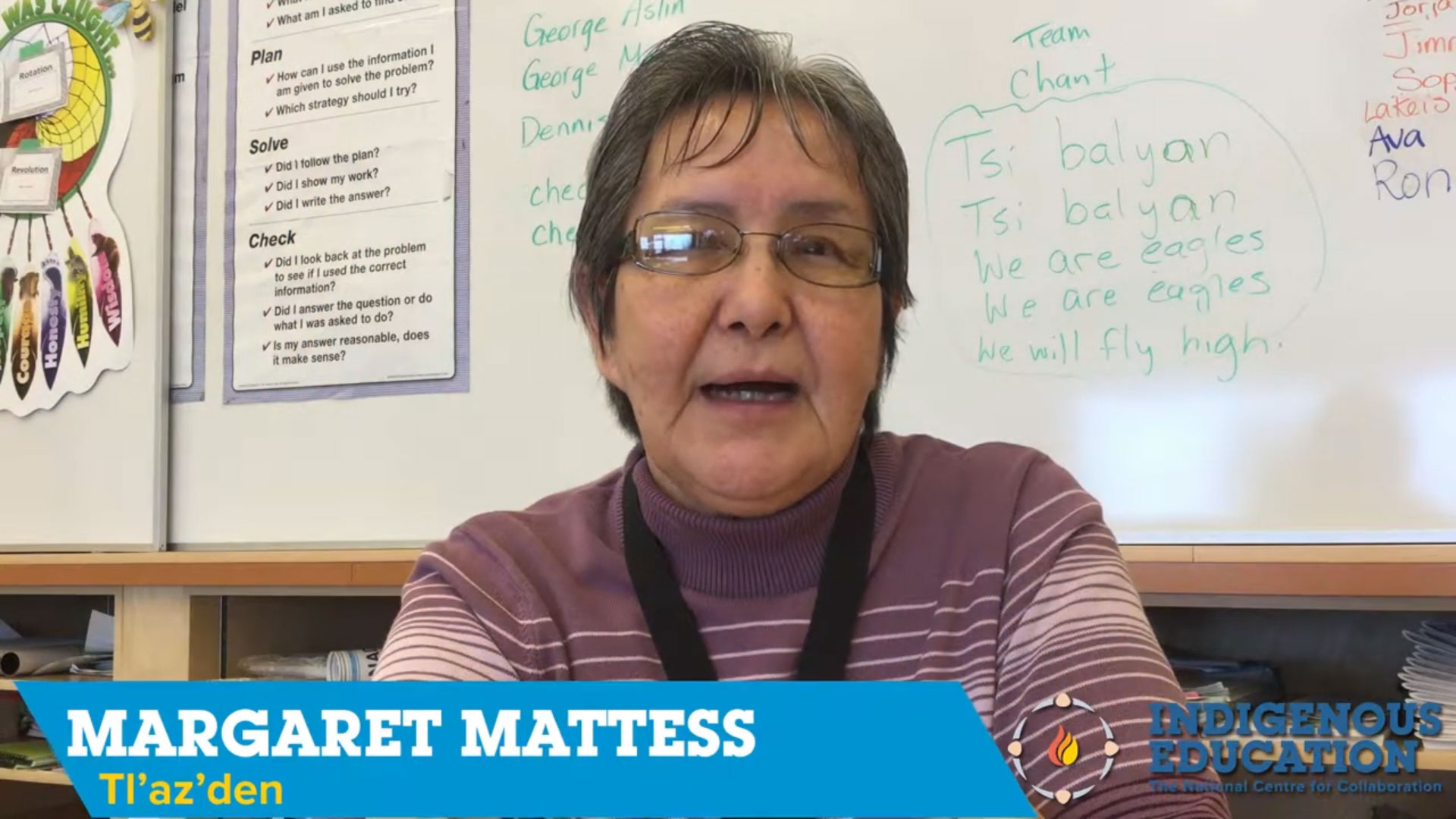
This interview is with the Principal of Eugene Joseph Elementary, Margaret Mattess. Eugene Joseph Elementary is located in Tl’azt’en.
”Education is a continuous process that enables each Tl’azt’enne to reach her/his fullest potential. The roots of education are planted in families, cultural values and traditions.
Individual growth is dependent on a team of educators committed to the principles of motivation, encouragement, support and success.
At Eugene Joseph Elementary we are proud of our students, our parents and our community. We believe that all students, given the right support, can learn at a high level. We expect that all students will graduate and go on to some form of post-secondary education.” from the website http://tlaztennation.ca/eugene-joseph-elementary/
Posted on by Marion Erickson
Education Assistant, Tania Julian has worked at Nak’albun Elementary for many years.
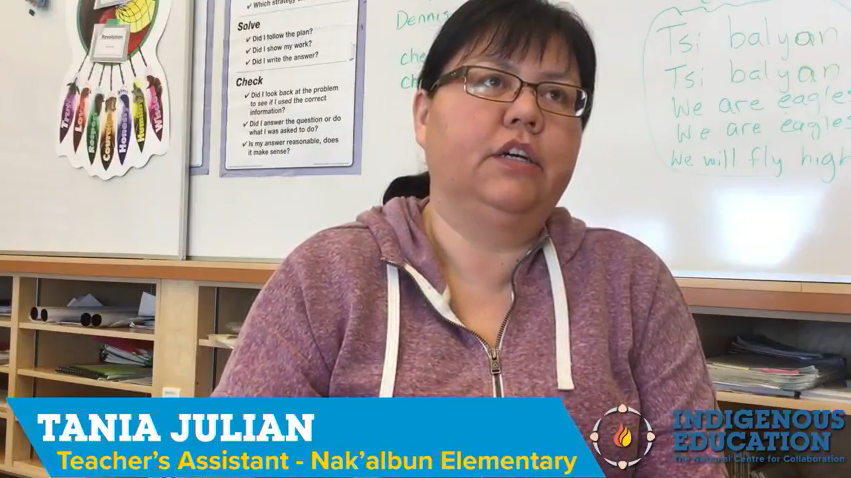
Tania Julian describes the approach taken by Nak’albun Elementary in primary education. It has been credited by former students as being invaluable in preparing them to continue their education.
Posted on by Sara-Lynn Harding
Floyd Dick describes what ‘total physical response’ method is and how it is being used as a teaching tool for students to learn Secwepemctsin at Sxoxomic School in the Esk’etemc.
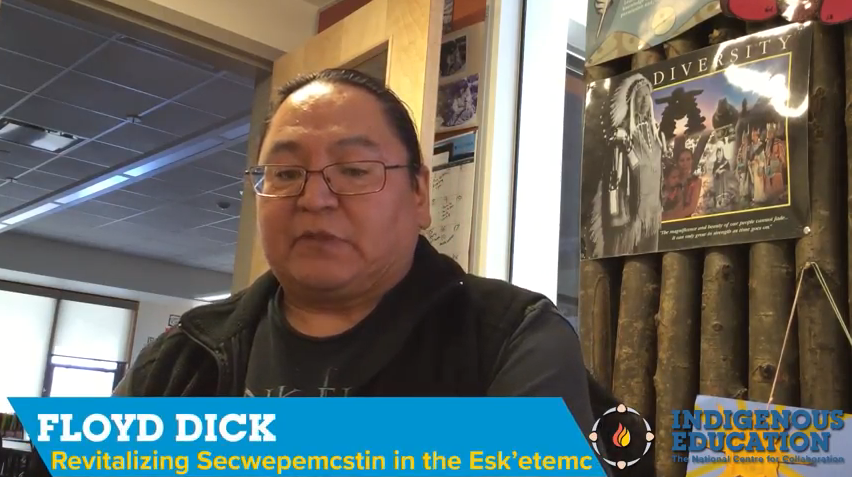
According to teacher Floyd Dick, TPR is effective in helping students gain self-confidence and self empowerment and in maintaining the culture and language.
https://www.britishcolumbia.ca/invest/communities/british-columbia/cariboo/first-nations/esk-etemc-first-nation/
Posted on by Jeremiah Sharpe
Dawn Wood describes Indigenous Inclusion Directorate – Community School Program funding and their objectives in the province of Manitoba.
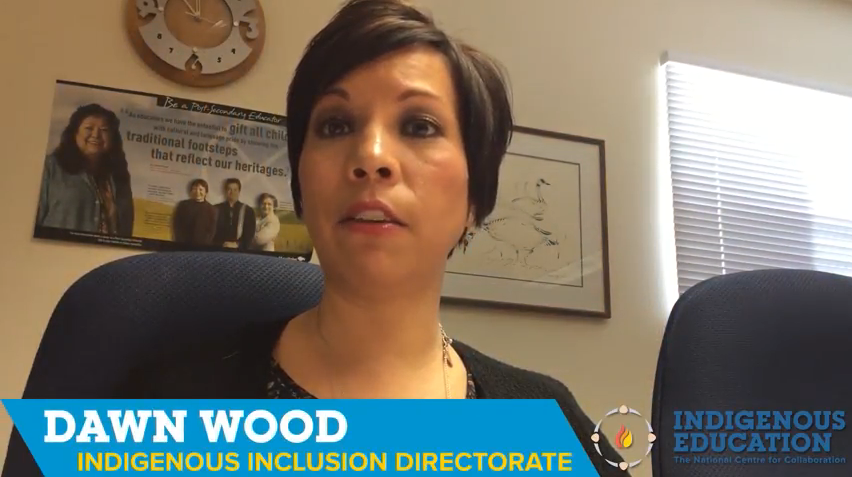
” The Indigenous Inclusion Directorate provides leadership and co-ordination for departmental initiatives in Aboriginal education and training. The Indigenous Inclusion Directorate operates from within Manitoba Education and Training. The primary role of the Indigenous Inclusion Directorate is in research, policy development and strategic initiatives. This is accomplished in the spirit of cooperation and consultation with many groups and individuals, such as school administrators, educators, students, parents, Aboriginal and community organizations and other government departments. The Indigenous Inclusion Directorate works in partnership with First Nations communities and organization in Manitoba. The Directorate’s work is supported by the guidance of two advisory councils from the Aboriginal community.” -from the website
https://www.edu.gov.mb.ca/iid/
Posted on by Anika Guthrie
Neechee Studio is an arts program for Indigenous youth (ages 13-30).
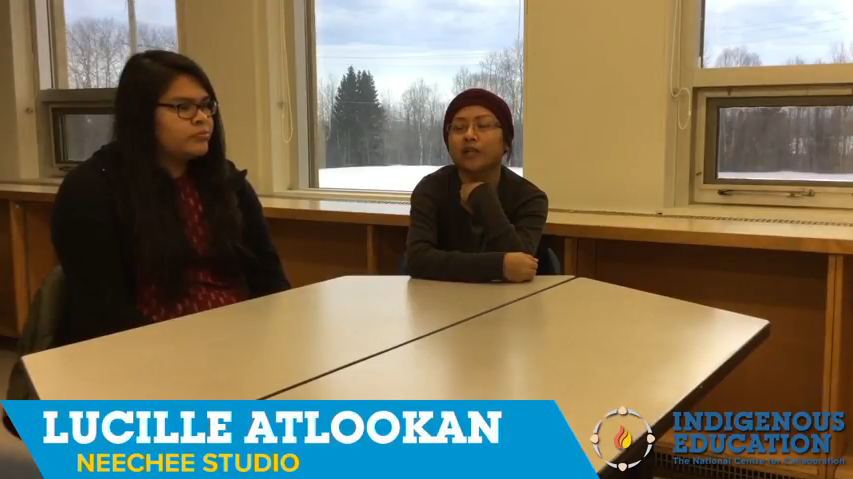
Anika Guthrie speaks to Lucille Atlookan & Matilda, program coordinators with Neechee Studios. Neechee Studio is an arts program for Indigenous youth (ages 13-30). They provide youth-directed workshops led by Indigenous artists and mentorship opportunities for youth.
Posted on by Laura Forsythe
The transition for students from primary to secondary school can be difficult. The ECHO Program works with students to ease this difficult transition with a variety of programs.
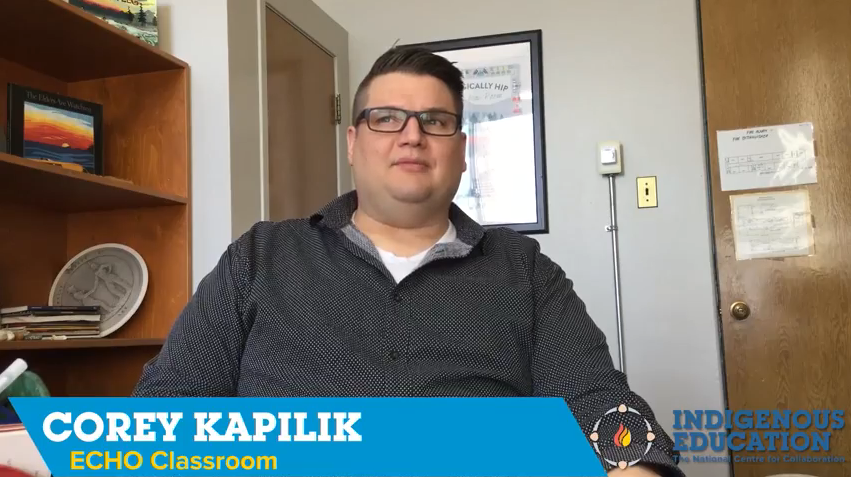
The transition from elementary to high school can be a difficult one – with the ECHO Program, Louis Riel School Division makes that transition easier by creating an enrichment space for students of First Nations, Metis or Inuit ancestry.
A Grade 9 Echo Program Will
– Discover and develop the gifts of Indigenous students
– Frame a vision of students’ potential
– Increase belonging and community
– Strengthen relationships between school and family
– Enrich student learning and engagement through traditional teachings, supports, and opportunities
– Support a successful transition to high school


